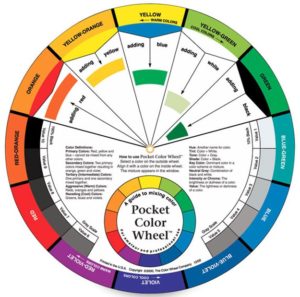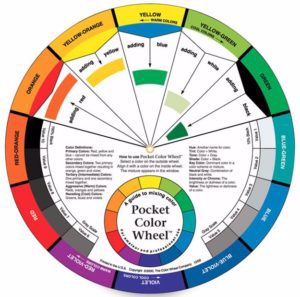A Splash of Color
I love the excitement of starting a new creative project. It gives me a chance to experiment with a new material or try a new technique I've read about. But how to choose which colors to use? Sometimes deciding on colors can seem like the hardest part of getting started. With a little knowledge and a little planning, you can feel confident that the colors you choose will be right for your project.
The primary colors of red, blue and yellow are called that because they cannot be mixed from any other colors. They each stand on their own. Using just those three basic colors, you can create any color you can think of.
Using a color wheel you can identify the secondary colors of orange, green and purple. These colors are created by mixing two primary colors together.
Complementary colors appear opposite each other on the wheel. If you want the colors in your project to really pop, use complementary colors like yellow and purple.
If you're looking for something a little more subtle, try analogous colors. These are three colors that are next to each other on the color wheel. The trio of yellow-green, green and blue-green are analogous colors that will always look good together.

courtesy of wildflowermix
Different colors can also evoke different emotions. As you're planning a project, think about what mood you want to create.
Cool colors like blue and green can be calming and serene, while warm colors like red and orange can be invigorating and powerful.
Don't forget to look at nature. The colors of the natural world can be an inspiration too.
The library has a large selection of books to guide you on your journey through the color wheel. These are some of my favorites.
loading...










